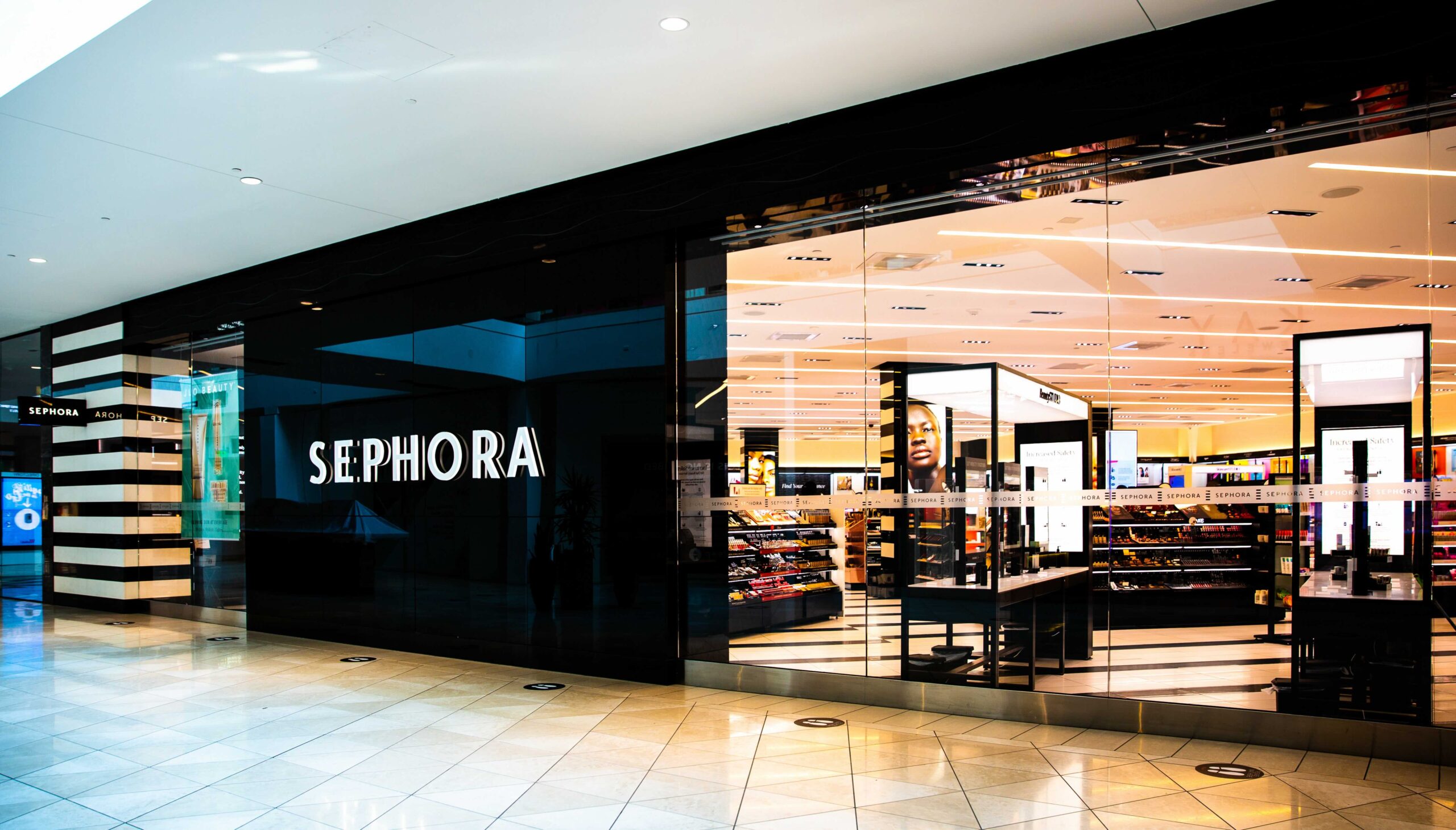Key Takeaways
- Sephora’s spring Savings Event saw sales declines, with makeup and haircare down around 15% and skincare falling over 25%.
- Competition from Amazon and TikTok Shop is pressuring Sephora’s e-commerce sales as consumer confidence wanes.
- Top-selling brands included Sol De Janeiro and Kérastase, while some popular brands underperformed during the event.
Sales Performance During the Spring Savings Event
Sephora’s spring Savings Event, which ran from April 4 to 14, has experienced significant declines in sales compared to the previous year. Reports from YipitData indicate that makeup and haircare sales decreased by approximately 15% both in-store and online, while skincare sales saw a drop of over 25%. The only category to see a rise was fragrances, which experienced gains in the high single digits.
The Savings Event provided discounts of 20% to Rouge members who spend over $1,000 annually, 15% for Very Important Beauty Insider (VIB) members spending at least $350, and 10% for entry-level Beauty Insiders. The event was extended from April 17 to 21, but YipitData does not account for this extension.
Brand Performance and Consumer Trends
Data from Navigo Marketing reveals that the top ten brands on Sephora’s website during the event included Sol De Janeiro, Kérastase, Kayali, and others. Despite some brands performing well, others like Rare Beauty and Fenty did not meet their year-to-date sales expectations. Popular items like Kayali and Hourglass had strong sales, while companies such as DedCool and Lawless Beauty reported sell-outs.
Sephora faces increasing competition from both Amazon and TikTok Shop, with LVMH’s CFO emphasizing the tough position of Sephora’s American e-commerce business. The aggressive pricing strategies of Amazon are becoming a significant challenge. Additionally, TikTok Shop has quickly gained traction, notably in health and beauty sales, surpassing Sephora’s sales levels, with a strong focus on discounts and bundles appealing to consumers.
Shifting Consumer Spending and Digital Marketing Challenges
Recent statistics show that U.S. retail sales have seen minimal growth, indicating a trend toward consumer selectivity in discretionary spending. With declining consumer confidence, promotional events like Sephora’s are failing to guarantee robust sales volumes. Experts analyze that Sephora’s ongoing struggles may not solely stem from economic conditions but from its decreasing traffic and effectiveness compared to Ulta and Amazon.
Organic search metrics reveal a growing disparity between Sephora and its competitors. While Ulta’s recent Spring Beauty Haul sale bolstered its organic traffic, Sephora recorded notable declines except in the bath and body category. The perception that this year’s extension of the Savings Event was a tactic to lure hesitant shoppers suggests a challenging retail climate ahead.
Despite these obstacles, Sephora remains a strong contender in the beauty retail market, supported by previous successful quarters. The brand’s efforts to boost digital marketing during the Savings Event aimed at driving visibility for leading products like Kayali and K18 might prove essential for navigating tougher market conditions.
In summary, while Sephora is facing downward trends in sales and increased competition, strategic branding and marketing efforts are crucial for maintaining its market position.
The content above is a summary. For more details, see the source article.















